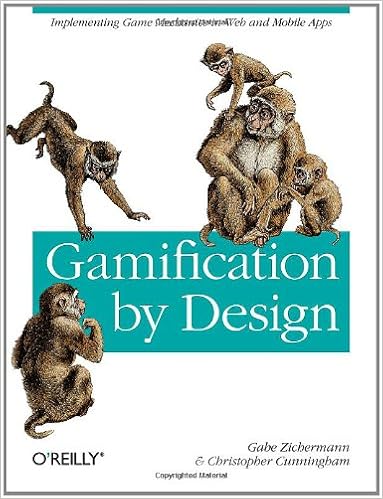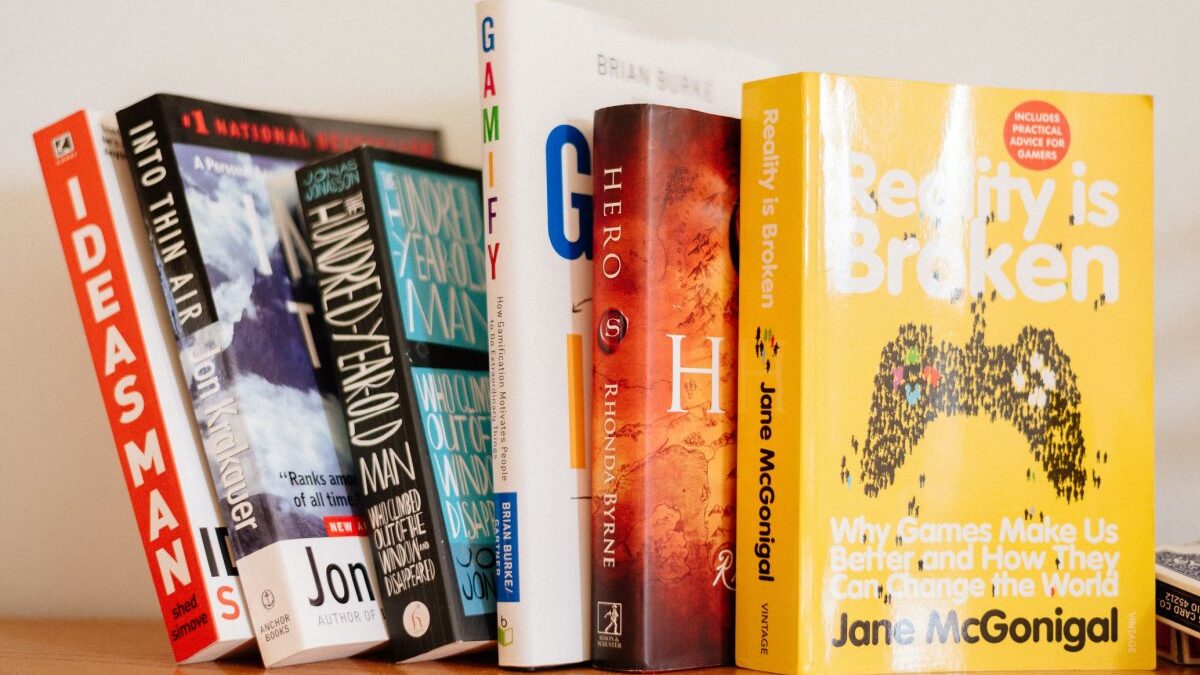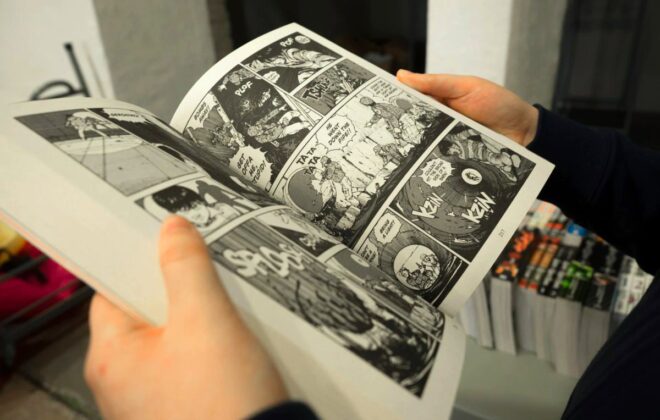8 Best Gamification Books To Create Engagement & Excitement
To keep things simple, gamification is a strategy that involves enhancing various aspects – from activities and businesses to services, systems and even games – in order to come up with a similar gaming experience. Basically, such things tend to improve user engagements, and they also add to the overall motivation. Now, what are the best gamification books and strategies out there and what should you expect from them?

Actionable Gamification, by Yu-kai Chou
There is a new era in terms of gamification and the primary purpose of modern changes is to boost the overall engagement, as well as the motivation. There are multiple studies on game mechanics out there, not to mention how the behavior can be changed with nothing but psychology.
The author takes you through a comprehensive journey and teaches you how to apply certain mechanics and the framework in order to come up with a successful overall experience, be it in your personal life, work, business or marketing – such principles can be applied pretty much anywhere, anytime.
Gamification can be extremely effective when applied correctly. It is a mix of different factors – neurobiology, technology, game dynamics, design and economics. The book analyzes the interplay between all these factors in order to come up with an excellent result.

Gamify, by Brian Burke
There are no doubts about it – engagement within various companies and industries has never been lower. Some would say it is a crisis. It affects everyone involved – employers, employees, students, managers, customers and so on. From all the techniques kicking in to ease this issue, it looks like gamification is the most effective one – a direct consequence of thinking out of the box.
Gamification provides an option to gain the edge over the competition and more and more companies see it as a key asset – if applied correctly, of course. However, the principle of gamification is not new at all – the problem is it has often been applied incorrectly. It is not a magic elixir, but a technique that must be deeply customized in order to provide good results.
This book is focused on those 20% of all organizations that apply the principles in the right manner. It analyzes some of the most successful ideas out there and describes the successful results behind them. It can be described as a guide and not just for successful leaders, but for anyone with a bit of initiative.

Reality Is Broken, by Jane McGonigal
There are dozens of millions of gamers out there. In fact, the average gamer will spend around 10,000 hours in front of a playing device by the time they reach 21 years old. What is the consequence of all these? Is there anything managers and organizations can learn from this incredible experience that has reshaped the world over the past few decades? Absolutely.
The author is a world-renowned game designer with obvious experience in this field. Her answer is fairly simple and quite obvious, yet often overlooked – video games can successfully fulfill some of the basic human needs, hence the obsession for them. This obsession does not affect young teenagers only, but older adults as well.
This book analyzes more factors in the process – from the psychology and science associated with video games to the sociology and cognitive aspect. The book shows how professional game developers have discovered what makes people happy and this is what their games are focused on. It is a deep exploration of the gaming industry, as well as the power behind it.

The Gamification of Learning and Instruction Fieldbook, by Karl M. Kapp
This is not the author’s first book in the series, but definitely one of the best gamification books out there. It is a manual for managers, leaders and business owners, but it is just as handy for people who need a new concept in their daily lives. It is all about implementing certain principles in order to fulfill your needs and discover a new level of happiness.
From many points of view, this book is a manual. It comes with crystal clear step by step instructions regarding the gamification concept, as well as detailed guides on how to implement it. There are specific examples that may apply to anyone out there, not to mention tips, worksheets and tricks. Simply put, the idea can be put into practice without too much hassle, as long as you have all the details.
The book makes a good choice for students as well. It has various games and quizzes, but it will also test your newly discovered ideas in fill in the blank exercises. It will help you develop your own strategies, but also find new ideas and concepts that can incorporate gamification everywhere – especially into learning.

Gamification by Design, by Gabe Zichermann and Christopher Cunningham
This book challenges you from the beginning. Think about some great companies out there, such as Groupon or Nike. What do they actually have in common? Simple – they rely on gamification in order to provide an excellent experience to customers. Their experience is viral and addictive, but also sticky – you are less likely to forget it.
The reader will get a decent insight into gamification, but you will also discover some unique strategies, techniques and tactics to come up with excellent game mechanics into any type of environment. Whether you are behind an application, a website or in a face-to-face environment, game concepts and designs will give you a meaningful and captivating experience – simple as that.
The book is great for anyone – specialists, producers, developers, executive and even random people and students. You will find the motivational framework required to keep customers engaged, the necessity of game mechanics like levels and badges, rewarding structures for people, feedback loops, social interactions and so on. Case studies with obvious examples are also included.

Loyalty 3.0, by Rajat Paharia
At some point, loyalty programs were rated as a revolutionary idea. These days, they are among the most common things out there. However, it was proven that they cannot promote long-term loyalty among customers. Gamification might be the next big thing. The book is focused on loyalty and the aspects required to push a business to grow. It is not all about customers, but also about partners and employees.
The author reveals how to use such techniques to gain a competitive edge for your company, becoming one of the most detailed and best gamification books on the market. You will learn how to come up with a top notch system that mixed motivation and technology in order to come up with consistent loyalty and engagement. What else can you ask for?
Find out how to build motivation and what kind of gamification is required to get there. Discover some case studies – both successful and unsuccessful – associated with innovative companies and get step-by-step instructions on how to develop and implement your own plan. Moreover, such ideas and techniques can be implemented in your daily life as well.

Gamification at Work, by Janaki Mythily Kumar and Mario Herger
Gamification gains more and more notoriety in today’s society. It was predicted by various business experts and it has actually been delivered. Plenty of organizations have managed to transform their operations with gamification and ended up with all types of benefits. But on the same note, some others jumped on and failed miserably due to the lack of education.
Now, this book explains the concept of gamification and whether or not it belongs in your workplace. There are some practices that can boost the motivation and results, as well as the possibility to fail if you develop the wrong program for your company. The author describes these issues and answers the most common questions about gamification and what it implies.
The book describes the main steps to get there, from identifying your mission, knowing your players, understanding their motivation and applying the right mechanics to manage and help the players develop. Obviously, these players can be anywhere. They could be your employees, but you can easily apply the same principles for your kids in your day-by-day activities.

A Theory of Fun for Game Design, by Raph Koster
This is not the typical guide that will give you step-by-step instructions on how to apply mechanics that should work for everyone. Instead, it comes with a novel and it describes how certain things can change the world. It teaches the reader how to come up with different designs and implement a high degree of excitement.
The novel makes things obvious and works like a guide. It shows how interactive stuff like games can easily cause addiction, increase loyalty and boost the engagement. It has a visual approach and a narrative profile that will hook you in straight away – definitely a must-read for game designers.
At a first glance, it looks like an inspirational book that will change game designers. As you dig deeper, you realize it has a bunch of messages that will teach you how to see things and adapt them to your unique situation.
Conclusion
Bottom line, these are some of the best gamification books out there to give you some clues about the industry, as well as the deepest ideas on how to develop and implement successful programs like a professional.
If you are also interested in professional gaming and esports, check out some of the best books in the world of esports and streaming.
My profession is online marketing and development (10+ years experience), check my latest mobile app called Upcoming or my Chrome extensions for ChatGPT. But my real passion is reading books both fiction and non-fiction. I have several favorite authors like James Redfield or Daniel Keyes. If I read a book I always want to find the best part of it, every book has its unique value.







